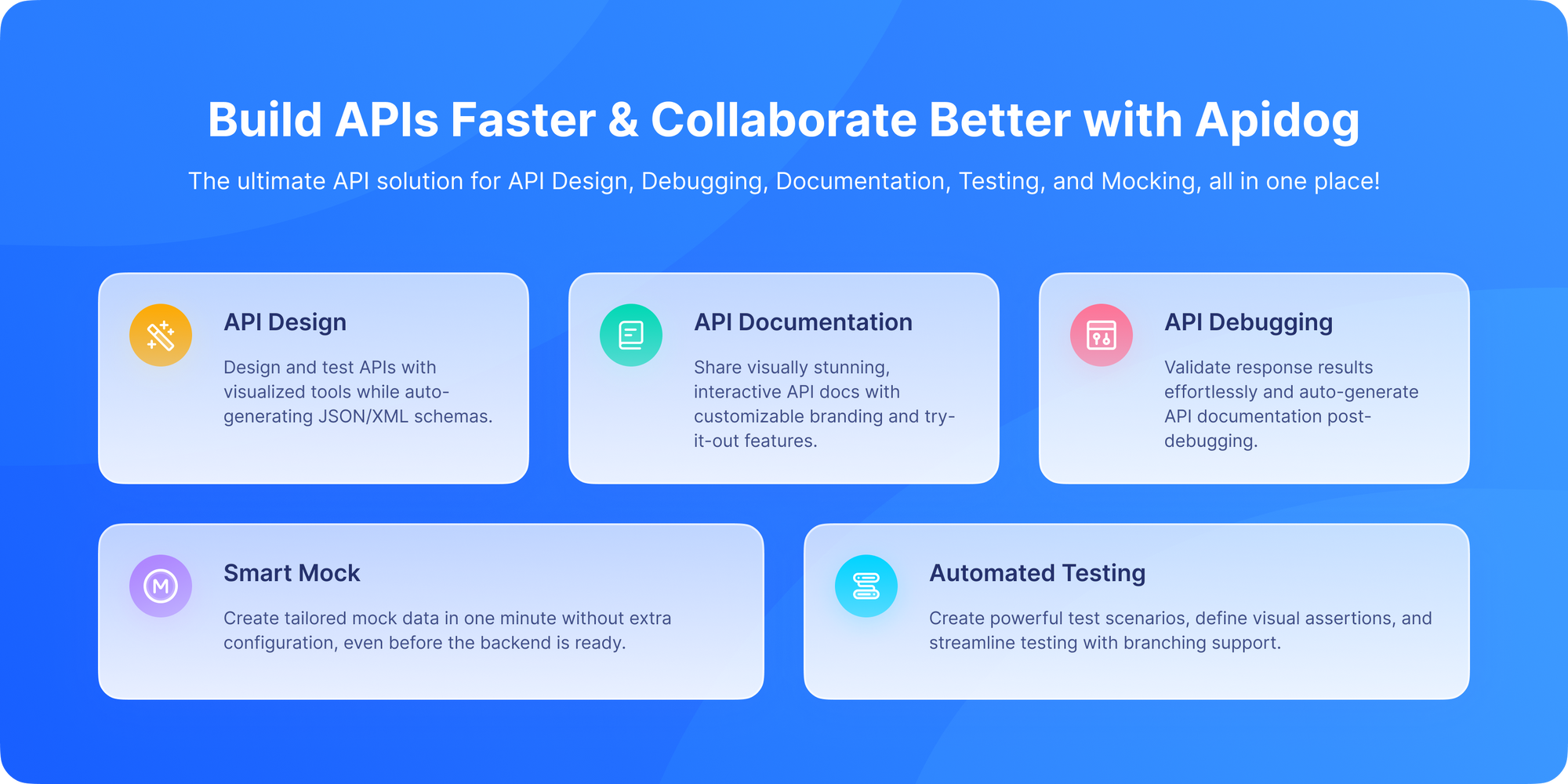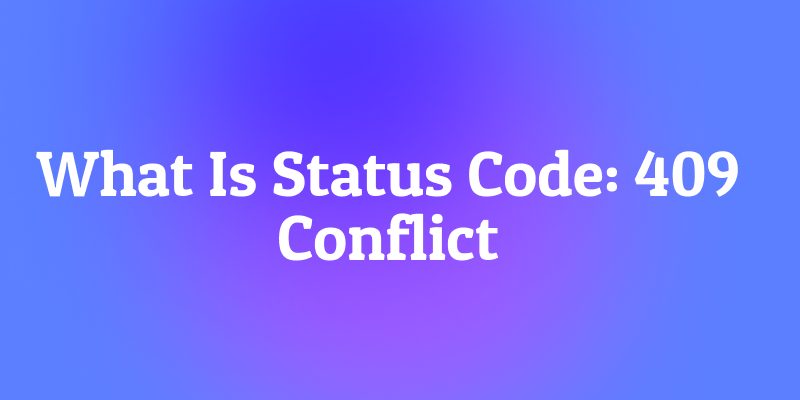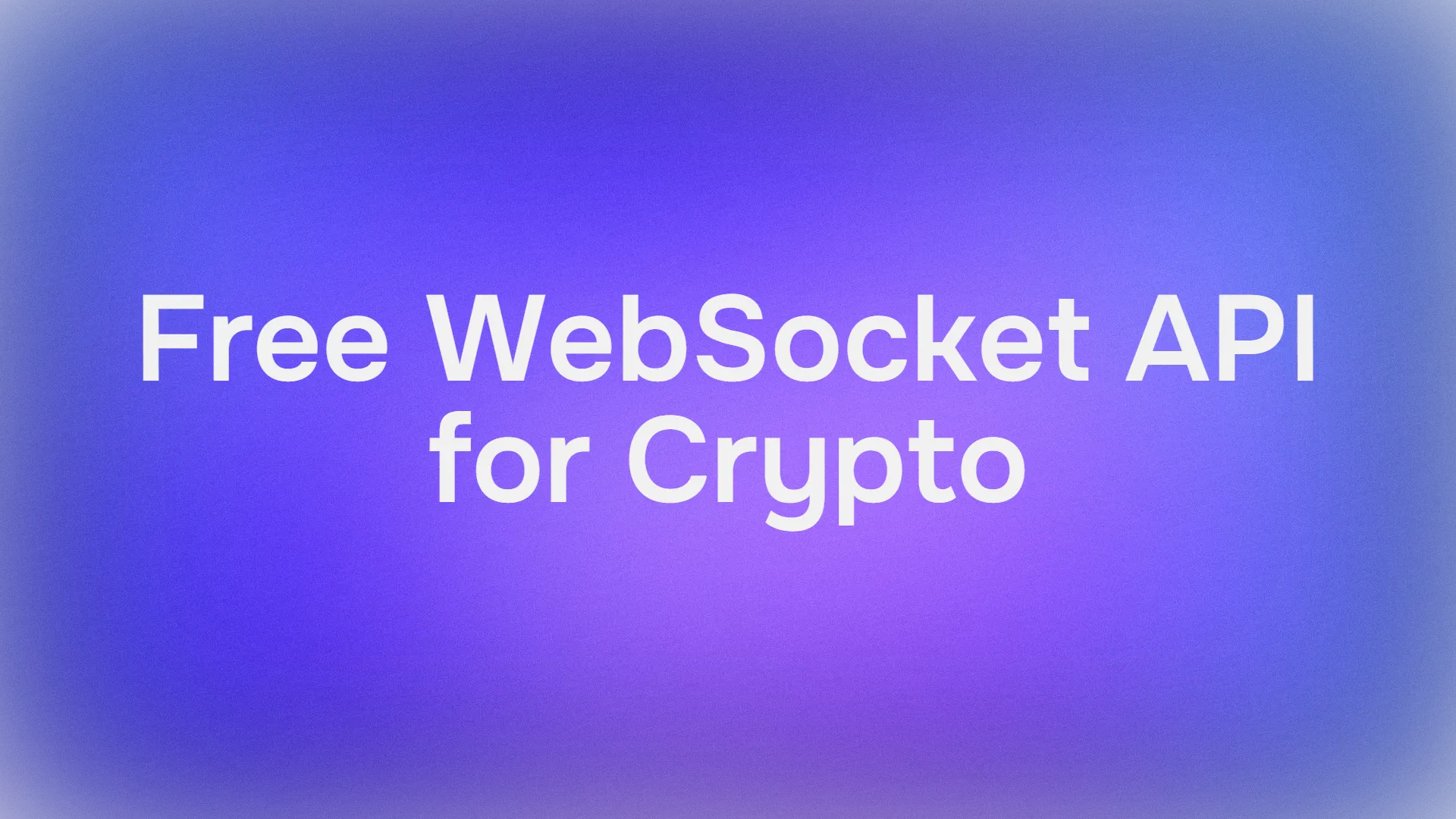You're collaborating with a colleague on an important document in a shared online editor. You both start editing the same paragraph simultaneously. You finish first and hit "Save." A moment later, your colleague tries to save their changes, but instead of success, they get a warning: "Someone else has modified this document since you started editing. Please review the changes before saving."
This familiar scenario is the perfect real-world example of what the 409 Conflict HTTP status code represents in the digital world. It's not an error in the traditional sense; it's more of a "state disagreement." The server is saying, "I understand what you want to do, but the current state of the resource conflicts with your request. We need to resolve this before proceeding."
Unlike a 400 Bad Request (which says "I don't understand you") or a 404 Not Found (which says "I can't find what you're talking about"), the 409 says "I understand you perfectly, but what you're asking me to do conflicts with the current reality."
If you're building applications where multiple users can interact with the same data, or where data integrity is critical, understanding and properly implementing 409 Conflict is essential.
In this friendly guide, we'll explore what the HTTP 409 Conflict status code means, why it happens, real-world scenarios where it's used, and how you can handle and prevent it effectively.
409 responses, ensuring your application handles data conflicts gracefully.Now, let's explore the various scenarios where HTTP 409 Conflict arises and how to handle them properly.
The Problem: Concurrent Modifications and Data Integrity
In a perfect world, users would take turns modifying resources. But in the real world of web applications, multiple users (or systems) often try to change the same data at the same time. Without proper conflict detection, you risk what's known as the "last write wins" problem, where the last person to save overwrites everyone else's changes, potentially losing important data.
The 409 Conflict status code is the server's mechanism for saying, "Wait, let's talk about this before you overwrite something important."
What Does HTTP 409 Conflict Actually Mean?
The 409 Conflict status code indicates that the request could not be completed due to a conflict with the current state of the target resource. This code is used in situations where the user might be able to resolve the conflict and resubmit the request.
The key phrase here is "conflict with the current state of the target resource." The server is maintaining data integrity by refusing to perform an operation that would create an inconsistent state.
A well-designed 409 response should include enough information in the body to help the client understand and resolve the conflict. For example:
HTTP/1.1 409 ConflictContent-Type: application/json
{
"error": "UpdateConflict",
"message": "The resource has been modified by another user since you last fetched it.",
"current_version": "2024-01-15T10:30:00Z",
"your_version": "2024-01-15T10:25:00Z",
"conflicting_fields": ["title", "description"]
}
In simpler terms, imagine two users trying to update the same record in a database at the same time. One user's request succeeds, but when the second user's request arrives, the server realizes the data has changed since it was last fetched. The result? A 409 Conflict.
The key takeaway:
A 409 Conflict error isn't about authentication, permissions, or a missing resource. It's about data consistency and version control.
The Technical Definition
According to the official HTTP/1.1 specification (RFC 7231):
The 409 (Conflict) status code indicates that the request could not be completed due to a conflict with the current state of the resource. This code is used in situations where the user might be able to resolve the conflict and resubmit the request.
That "resubmit the request" part is important; it means this isn't a fatal server error. It's a recoverable issue that the client can fix and retry.
Common Scenarios That Trigger 409 Conflicts
1. Version Control and ETag Conflicts (The Most Common)
This is the classic edit conflict scenario. The server uses a version identifier (like an ETag or timestamp) to track resource state.
How it works:
- Client A GETs a resource. The server includes an
ETag: "v1"header. - Client B GETs the same resource, also receiving
ETag: "v1". - Client A modifies the resource and sends a
PUTrequest withIf-Match: "v1"(meaning "only update if the ETag is still v1"). - The server updates the resource and changes the ETag to "v2".
- Client B tries to update with
If-Match: "v1". - The server responds with
409 Conflictbecause the ETag no longer matches.
2. Unique Constraint Violations
When creating or updating a resource would violate a uniqueness constraint in the database.
Examples:
- Creating a user with an email address that already exists
- Creating a product with a SKU that's already in use
- Setting a username that another user already has
POST /api/users
{
"email": "existing@example.com"
}
HTTP/1.1 409 Conflict
{
"error": "DuplicateEntry",
"message": "A user with email 'existing@example.com' already exists",
"field": "email"
}
3. Business Logic Conflicts
When an operation doesn't make sense given the current business state.
Examples:
- Trying to cancel an order that has already shipped
- Attempting to add items to a cart that has been checked out
- Modifying a project that has been archived
4. File System Conflicts
When creating a file or directory that already exists, or modifying a file that's currently locked by another process.
409 vs. Other 4xx Status Codes
It's important to distinguish 409 from other client error codes:
409 Conflict vs. 400 Bad Request:
400means "Your request is malformed or invalid." The problem is with the request itself.409means "Your request is well-formed, but it conflicts with the current server state."
409 Conflict vs. 412 Precondition Failed:
412is used specifically with conditional headers (If-Match,If-None-Match,If-Modified-Since) when the condition fails.409is more general and can be used for various types of conflicts beyond just conditional requests.
409 Conflict vs. 423 Locked:
423(a WebDAV code) specifically indicates the resource is locked, often temporarily.409indicates a more general state conflict.
Common Scenarios Where 409 Conflict Appears
To make this more tangible, let’s look at real-world situations where a 409 Conflict might occur.
1. Concurrent Updates
Imagine a scenario where two users are editing the same blog post simultaneously:
- User A opens the post at 10:00 AM.
- User B opens the same post at 10:02 AM.
- User A edits and saves changes at 10:05 AM.
- User B tries to save their version at 10:07 AM but their version is now outdated.
The server detects the conflict (the post has changed since User B last fetched it) and responds with a 409 Conflict.
This mechanism helps prevent overwriting changes accidentally.
2. Version Control Conflicts
In APIs that use optimistic concurrency control, each resource version might have a tag (like an ETag or version number).
When a client updates a resource, it includes the version it last fetched. If the server's version doesn't match, it returns a 409 Conflict.
For example:
PUT /articles/45
If-Match: "v2"
If the server's current version is v3, you'll get:
HTTP/1.1 409 ConflictThis signals to the client that the data has changed and they should fetch the latest version before retrying.
3. Duplicate Data Submissions
Another common trigger is when you try to create a resource that already exists, like attempting to register a username that's already taken.
For example:
POST /users
{
"username": "john_doe"
}
If that username is already in use, the API might respond:
HTTP/1.1 409 Conflict
Content-Type: application/json
{
"error": "Username already exists."
}
This use of 409 ensures clients understand the conflict lies in resource duplication.
4. File or Data Synchronization Issues
In file synchronization or REST APIs, if two uploads modify the same file in a shared folder, a 409 Conflict can signal that the user needs to pull the latest version first.
For example, cloud services like Google Drive or Dropbox APIs use this code to prevent overwriting changes.
Real-World Examples of 409 Conflict
Here are some relatable scenarios where 409 shows up:
- Editing wiki pages: Two users update the same article simultaneously; one's changes conflict with the other's.
- Shopping carts: Attempting to add the same coupon or item twice when the system forbids duplicates.
- User registration: Trying to create an account with an email that's already taken.
- File uploads: Uploading a file that clashes with an existing file's name or version.
Understanding these helps make better API designs that communicate conflicts clearly.
How to Fix HTTP 409 Conflict
Now that we know what causes this error, let's look at how developers can fix or avoid it.
1. Use Proper Versioning and ETags
One of the most reliable methods to prevent 409s is to use ETags or version numbers for each resource.
When updating a record:
- The client includes the
If-Matchheader with the last known ETag. - The server compares it before applying changes.
This ensures updates only apply to the latest version and avoids silent overwrites.
2. Implement Conflict Resolution Logic
When conflicts occur, you can provide the client with options:
- Auto-merge: Try to combine non-overlapping changes.
- Manual review: Let the user decide which version to keep.
- Re-fetch and retry: Force the client to pull the latest data.
This approach is common in collaboration platforms like GitHub, Google Docs, and Trello.
3. Prevent Duplicate Submissions
For APIs handling resource creation (like user accounts or products), check for duplicates before inserting.
For example:
if user_exists(username):
return Response(status=409, data={"error": "Username already exists"})
This helps enforce data uniqueness.
4. Improve Client-Side Validation
In many cases, the conflict arises because the client doesn't have the latest information. Encourage clients to refresh data before performing updates or deletions.
5. Use API Testing Tools Like Apidog
This is where tools like Apidog really shine. With Apidog, you can:
- Simulate concurrent requests.
- Reproduce and inspect
409 Conflictscenarios. - Debug ETag mismatches visually.
- Automate retries with updated payloads.
Instead of guessing why your API is throwing a conflict, you can see the request and response flow in real time.
How Should Clients Handle 409 Responses?
When clients receive a 409 response:
- Parse the response: Many servers provide details about the conflict to help you understand the problem.
- Refresh resource data: Fetch the latest version of the resource.
- Resolve conflict: Allow users to merge changes or modify the request based on server feedback.
- Retry cautiously: Reattempt the operation after conflict resolution.
This flow prevents data loss and keeps applications consistent.
How Can Developers Prevent and Handle 409 Conflicts?
Developers can adopt several best practices:
- Implement optimistic concurrency control: Use version numbers or timestamps to detect conflicting updates.
- Return clear error messages: Include helpful information on the conflict cause.
- Support merging or conflict resolution endpoints: Allow clients to explicitly resolve clashes.
- Validate uniqueness constraints on create/update actions: Prevent duplicates upfront.
- Log conflicts for analysis: Monitor and improve your conflict management.
Advanced Use Cases of 409 Conflict
Let's go a bit deeper into some modern scenarios where 409 is becoming increasingly relevant.
1. RESTful APIs and Microservices
In distributed systems, multiple services might try to update the same data source. Without proper concurrency control, it's easy to create race conditions and 409 Conflict helps flag those instantly.
2. GraphQL APIs
Even in GraphQL APIs, when a mutation operation conflicts with the current data state, a custom error modeled after 409 Conflict is often thrown.
3. DevOps and CI/CD
In CI/CD pipelines, deployment APIs can use 409 to indicate that a deployment is already in progress preventing multiple deployments from colliding.
4. E-Commerce Systems
In online shopping systems, two customers might try to reserve the last available product simultaneously. When the stock count drops to zero, the second attempt can trigger a 409 Conflict.
Testing Conflict Scenarios with Apidog

Testing conflict scenarios manually can be challenging because you need to simulate concurrent requests. If you're an API developer or QA engineer, you know how painful debugging conflicts can be. Apidog makes this much easier.
With Apidog, you can:
1. Simulate Concurrent Requests: Create multiple requests in Apidog that simulate different users accessing the same resource.
2. Test ETag Flows:
- First, send a
GETrequest and extract the ETag from the response. - Use Apidog's environment variables to store this ETag.
- Create a
PUTrequest that uses the stored ETag in anIf-Matchheader. - Modify the resource with one request, then try the same with the old ETag to trigger a
409.
3. Validate Error Responses: Ensure your 409 responses include helpful information that a client can use to resolve the conflict.
4. Automate Conflict Testing: Create test suites that automatically verify your API correctly returns 409 in conflict scenarios and 200 when there are no conflicts.
5. Test Resolution Flows: After getting a 409, test the subsequent flow where the client fetches the current state, resolves the conflict, and resubmits the request.
Essentially, Apidog transforms HTTP troubleshooting into a visual, guided experience. Download Apidog for free and master conflict handling in your APIs.
Best Practices for Handling 409 Conflicts
For Server Developers:
- Provide actionable error information in the response body. Tell the client what conflicted and how they might resolve it.
- Use standard conflict detection mechanisms like ETags and
If-Matchheaders for update operations. - Consider what's truly a conflict vs. what should be a
400or422error. - Be consistent in when you return
409across your API.
For Client Developers:
- Always be prepared to handle 409 responses. Don't assume updates will always succeed.
- Implement automatic conflict resolution where possible, or provide a clear UI for users to resolve conflicts.
- Use the
If-Matchheader with ETags for update operations to prevent accidental overwrites. - After a 409, typically you should:
- Fetch the current state of the resource
- Present the differences to the user (or automatically merge if safe)
- Allow the user to resubmit their changes
Real-World Implementation Example
Let's look at a complete example of handling an edit conflict:
// Client code to update a document
async function updateDocument(documentId, changes, currentETag) {
try {
const response = await fetch(`/api/documents/${documentId}`, {
method: 'PUT',
headers: {
'Content-Type': 'application/json',
'If-Match': currentETag
},
body: JSON.stringify(changes)
});
if (response.status === 200) {
// Success! Update our local ETag
const newETag = response.headers.get('ETag');
return { success: true, etag: newETag };
} else if (response.status === 409) {
// Conflict - need to resolve
const conflictData = await response.json();
return {
success: false,
conflict: true,
serverVersion: conflictData.current_version,
conflictingFields: conflictData.conflicting_fields
};
} else {
// Some other error
throw new Error(`Update failed: ${response.status}`);
}
} catch (error) {
console.error('Update failed:', error);
return { success: false, error: error.message };
}
}
When Not to Use 409 Conflict
- For authentication issues - use
401or403 - For validation errors - use
400or422 Unprocessable Entity - For rate limiting - use
429 Too Many Requests - When the client should simply retry - consider
503 Service Unavailablewith aRetry-Afterheader
SEO Impact and 409 Conflict
Generally, 409 Conflict does not impact SEO because it occurs on API or private resource operations, not public web pages. However, proper API error handling improves developer experience and client integration.
Common Misconceptions About 409
- 409 means server is down: No, it means a request was understood but conflicts with current resource state.
- 409 is the same as 409 Conflict in databases: While conceptually similar, HTTP 409 relates to HTTP protocol, not just database errors.
- 409 always implies concurrent users: Not necessarily; conflicts can arise for other reasons like business logic.
Conclusion: Embracing Healthy Conflicts
The 409 Conflict status code is all about maintaining data integrity in a world where multiple users and systems interact with the same resources simultaneously. HTTP status code 409 Conflict is a vital tool for protecting resources against conflicting operations and data inconsistency. Whether you’re designing APIs or consuming them, understanding 409 helps you build more robust, user-friendly applications.
While it might seem like an annoying error at first glance, it's actually your server's way of protecting data consistency and preventing overwrites.
By understanding what triggers it and by using the right API testing and management tools like Apidog, you can turn this challenge into an opportunity to build more reliable, resilient APIs. To take your API testing to the next level, especially for complex error scenarios like 409, don't forget to download Apidog for free. Apidog equips you with intelligent testing and documentation tools that make understanding HTTP status codes and your API's behavior effortless.
So the next time you encounter a 409 Conflict, don't think of it as an error, think of it as the system working correctly to protect data integrity. And when you're building applications that need to handle these scenarios gracefully, a tool like Apidog will help you ensure your conflict resolution flows work flawlessly, making your applications more reliable and user-friendly.



